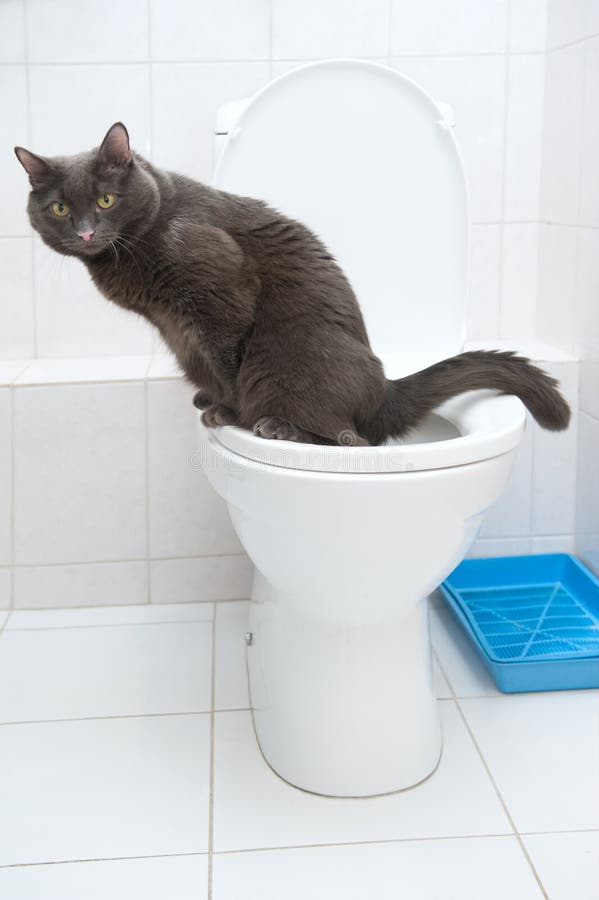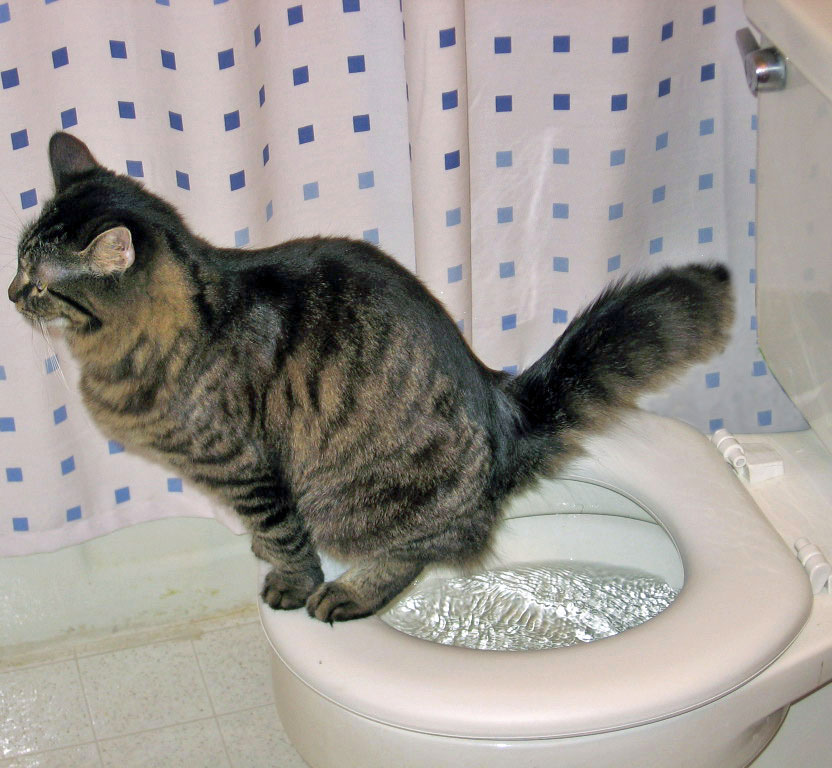Avoid Clogs and Damage: Don't Flush Cat Poop Down Your Toilet - Expert Insights
Avoid Clogs and Damage: Don't Flush Cat Poop Down Your Toilet - Expert Insights
Blog Article
Just how do you actually feel about Don’t flush cat feces down the toilet?

Introduction
As cat owners, it's necessary to bear in mind just how we dispose of our feline close friends' waste. While it might appear convenient to purge pet cat poop down the commode, this practice can have destructive repercussions for both the setting and human wellness.
Ecological Impact
Flushing feline poop presents dangerous microorganisms and bloodsuckers into the water system, posing a significant threat to marine ecological communities. These pollutants can negatively impact marine life and concession water high quality.
Health Risks
In addition to ecological concerns, flushing pet cat waste can also posture wellness threats to human beings. Pet cat feces may consist of Toxoplasma gondii, a parasite that can trigger toxoplasmosis-- a possibly severe disease, specifically for pregnant women and individuals with damaged body immune systems.
Alternatives to Flushing
Fortunately, there are more secure and more responsible methods to take care of cat poop. Think about the complying with options:
1. Scoop and Dispose in Trash
One of the most usual approach of dealing with pet cat poop is to scoop it right into an eco-friendly bag and toss it in the trash. Be sure to use a devoted litter scoop and get rid of the waste immediately.
2. Usage Biodegradable Litter
Select biodegradable cat litter made from products such as corn or wheat. These clutters are eco-friendly and can be securely taken care of in the garbage.
3. Hide in the Yard
If you have a lawn, think about burying feline waste in an assigned area away from vegetable gardens and water resources. Make certain to dig deep sufficient to avoid contamination of groundwater.
4. Set Up a Pet Waste Disposal System
Invest in a pet garbage disposal system specifically designed for pet cat waste. These systems make use of enzymes to break down the waste, minimizing odor and environmental influence.
Verdict
Accountable animal ownership expands past giving food and sanctuary-- it likewise involves correct waste administration. By refraining from flushing pet cat poop down the bathroom and choosing alternative disposal approaches, we can lessen our ecological footprint and shield human wellness.
Why Can’t I Flush Cat Poop?
It Spreads a Parasite
Cats are frequently infected with a parasite called toxoplasma gondii. The parasite causes an infection called toxoplasmosis. It is usually harmless to cats. The parasite only uses cat poop as a host for its eggs. Otherwise, the cat’s immune system usually keeps the infection at low enough levels to maintain its own health. But it does not stop the develop of eggs. These eggs are tiny and surprisingly tough. They may survive for a year before they begin to grow. But that’s the problem.
Our wastewater system is not designed to deal with toxoplasmosis eggs. Instead, most eggs will flush from your toilet into sewers and wastewater management plants. After the sewage is treated for many other harmful things in it, it is typically released into local rivers, lakes, or oceans. Here, the toxoplasmosis eggs can find new hosts, including starfish, crabs, otters, and many other wildlife. For many, this is a significant risk to their health. Toxoplasmosis can also end up infecting water sources that are important for agriculture, which means our deer, pigs, and sheep can get infected too.
Is There Risk to Humans?
There can be a risk to human life from flushing cat poop down the toilet. If you do so, the parasites from your cat’s poop can end up in shellfish, game animals, or livestock. If this meat is then served raw or undercooked, the people who eat it can get sick.
In fact, according to the CDC, 40 million people in the United States are infected with toxoplasma gondii. They get it from exposure to infected seafood, or from some kind of cat poop contamination, like drinking from a stream that is contaminated or touching anything that has come into contact with cat poop. That includes just cleaning a cat litter box.
Most people who get infected with these parasites will not develop any symptoms. However, for pregnant women or for those with compromised immune systems, the parasite can cause severe health problems.
How to Handle Cat Poop
The best way to handle cat poop is actually to clean the box more often. The eggs that the parasite sheds will not become active until one to five days after the cat poops. That means that if you clean daily, you’re much less likely to come into direct contact with infectious eggs.
That said, always dispose of cat poop in the garbage and not down the toilet. Wash your hands before and after you clean the litter box, and bring the bag of poop right outside to your garbage bins.
https://trenchlesssolutionsusa.com/why-cant-i-flush-cat-poop/

As a serious reader on How to Dispose of Cat Poop and Litter Without Plastic Bags, I was thinking sharing that piece of content was essential. Do you know somebody who is fascinated by the niche? Why not share it. Bless you for your time. Kindly come by our blog back soon.
Book Instantly Report this page